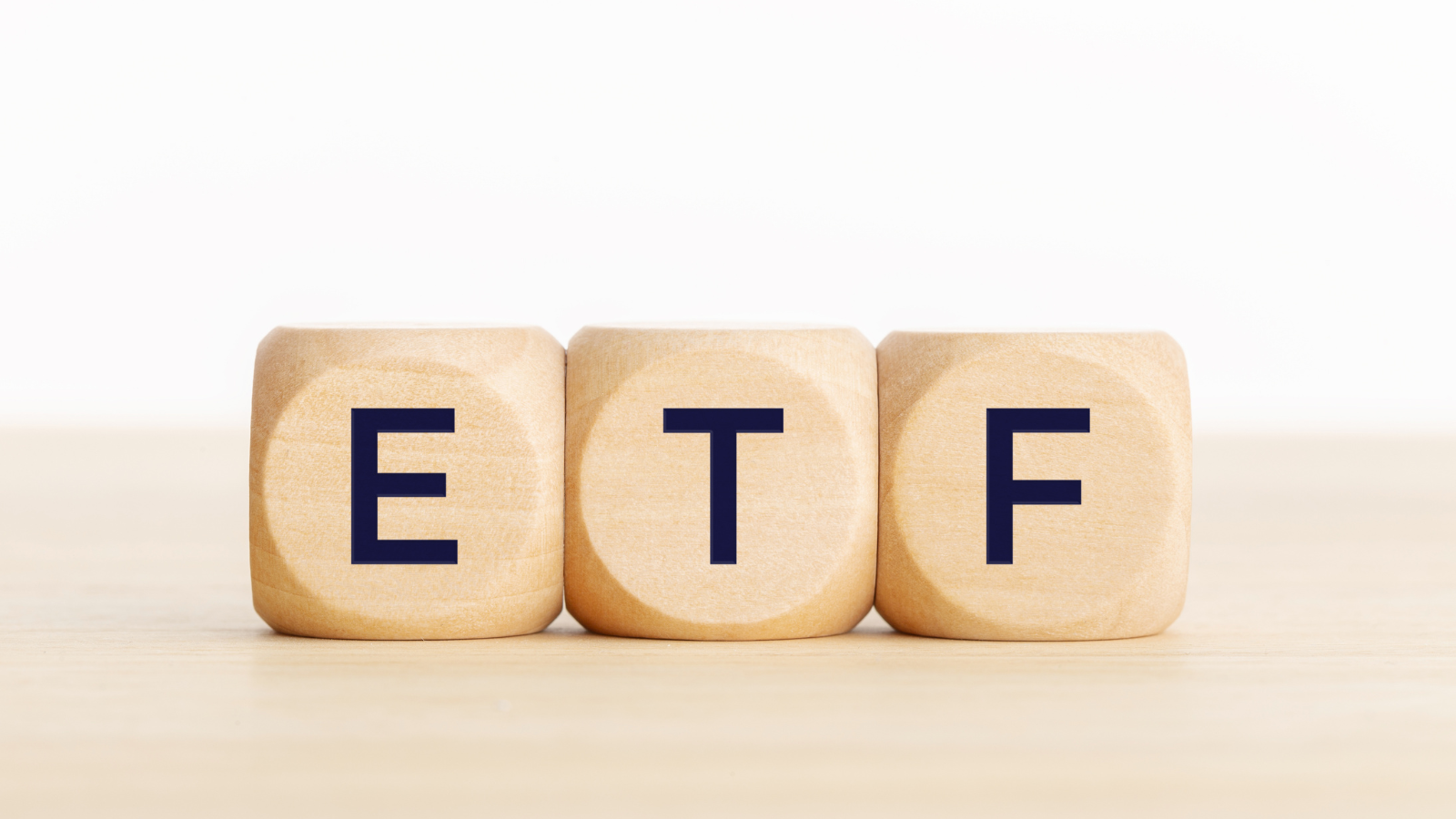Investing in Crypto: The Bottom and the Looming Bull Run
Cryptocurrency has never been a space for the faint of heart, with its extreme volatility and the associated risks and rewards. But, it's essential...
3 min read
![]() Juliette Twain
:
Mar 29, 2023 10:12:40 AM
Juliette Twain
:
Mar 29, 2023 10:12:40 AM

Bitcoin, the leading cryptocurrency by market value, has made an impressive turnaround in 2023, with its best quarterly gain in two years, outperforming Ether, Gold, and Nasdaq. The cryptocurrency has added almost 72% to its value this year, reaching $28,500 and lifting its market value to $542 billion. Just three months ago, some experts were considering the possibility of Bitcoin falling to as low as $12,000 this quarter, after its valuation had declined by 76% since November 2021.
The rebound has put Bitcoin ahead of Ether, the second-largest cryptocurrency by market value, which is on track for a 50% quarterly gain. Gold has added over 7%, while Wall Street's tech-heavy index Nasdaq has rallied 15%. Much of the rebound has been fueled by speculation that central banks, led by the Federal Reserve (Fed), will abandon their aggressive rate increases in response to recession signals.
The so-called Fed pivot expectations strengthened early this month after three U.S. banks collapsed and the central bank launched emergency funding programs to arrest panic in the banking sector. The central bank's balance sheet has recently expanded by $300 billion, undoing months of quantitative tightening. According to Fed funds futures, traders now see the Fed beginning an easing cycle in June with a 25 basis point rate cut.
Bitcoin has shown resilience against the U.S. Commodity Futures Commission's lawsuit against crypto exchange Binance, recovering and going above $28,000. The world’s largest cryptocurrency by market cap was up 6% over the past 24 hours to around $28,400.
In the meantime, Stacks (STX), the native token of the Stacks Network, has soared in March amid booming hype for Bitcoin Ordinals and a growing total value locked (TVL) on the protocol. The project is also set to undergo an upgrade later this year to further speed and scalability. STX has gained 23% in March, reaching $1.25, the token’s highest level since a year ago. Although the token's gains have slowed slightly toward the end of March, it is still up 350% over the last three months, bringing its valuation to $1.5 billion.
Stacks is a Bitcoin layer 2 protocol for smart contracts that aims to transform and extend Bitcoin’s functionality from its widely known role as an alternative payment system to a more versatile platform that is programmable. The token began to climb last month amid market participants' growing interest in creating Bitcoin Ordinal non-fungible tokens (NFTs). Stacks has a native functionality to mint NFTs, and users have minted 650,000 Bitcoin NFTs on the Stacks layer 2, according to Stacks co-founder Muneeb Ali.
Stacks Network’s TVL also spiked over the last few months, climbing from $8 million in February to $35 million in mid-March, according to data from DeFiLlama. It has since retreated to $25 million. Looking at tokens with a market capitalization above $1 billion, STX is the second top-performing digital asset over the month of March, behind XRP, as per data from Messari.
The Stacks smart contract protocol has a ledger to store data outside of Bitcoin’s layer 1, enabling developers to build apps on the platform, similar to what they can do on Ethereum or Solana. Stacks is aiming to make Bitcoin more programmable, a feature more associated with the other two blockchain platforms, which currently have the majority of DeFi activity.
Stacks’ Ali said in an interview with CoinDesk that the recent interest surrounding STX could partly stem from anticipation for Stacks’ upcoming Nakamoto upgrade later this year. He said the release will give users access to full smart contracts on a layer 2 chain, enabling them to move bitcoin (BTC) in and out while their layer 2 transactions are secured by the Bitcoin layer 1 network.
Ali explained that unlike Ethereum and Arbitrum, users can’t easily move BTC into the Stacks layer right now, and this is the biggest bottleneck. The update is set to increase the network’s liquidity and capacity. Furthermore, unlike many blockchains that require high-power hardware to run nodes, Stacks allows users to run nodes on less-sophisticated hardware such as Raspberry Pi or normal laptops, making it more accessible for users. Unlike Solana or ICP, Stacks doesn’t require you to run nodes in data centers, which is the typical way to deploy nodes with high hardware requirements, according to Ali.
In a report, NorthRock Digital, a hedge fund that invests in cryptocurrencies, wrote that “despite limitations developing a crypto economy on top of Bitcoin, Stacks has a potentially 'massive opportunity' ... because of the relatively small crypto economy currently built on Bitcoin."
NorthRock identified three main layer 2 networks on Bitcoin: Lightning, RSK, and Stacks. Each layer 2 “is complementary and has different goals, but of the three Stacks is furthest along in terms of developing an ecosystem for more traditional crypto applications (NFTs, DeFi, Name Services, etc.),” NorthRock wrote.
In conclusion, Bitcoin's impressive performance in Q1 2023, outperforming major assets, demonstrates the resilience and adaptability of the cryptocurrency market. The rise of Stacks (STX) and the growing interest in layer 2 solutions further highlight the potential for innovation within the Bitcoin ecosystem. As the market evolves and new upgrades are implemented, it will be interesting to observe how these developments shape the future of the cryptocurrency landscape.

Cryptocurrency has never been a space for the faint of heart, with its extreme volatility and the associated risks and rewards. But, it's essential...

The cryptocurrency world, as well as the traditional financial world, is abuzz with talk of Exchange Traded Funds (ETFs). It appears to be the next...

In July 2022, BlackRock, the world's largest asset management firm, was actively traded on the New York Stock Exchange (NYSE).